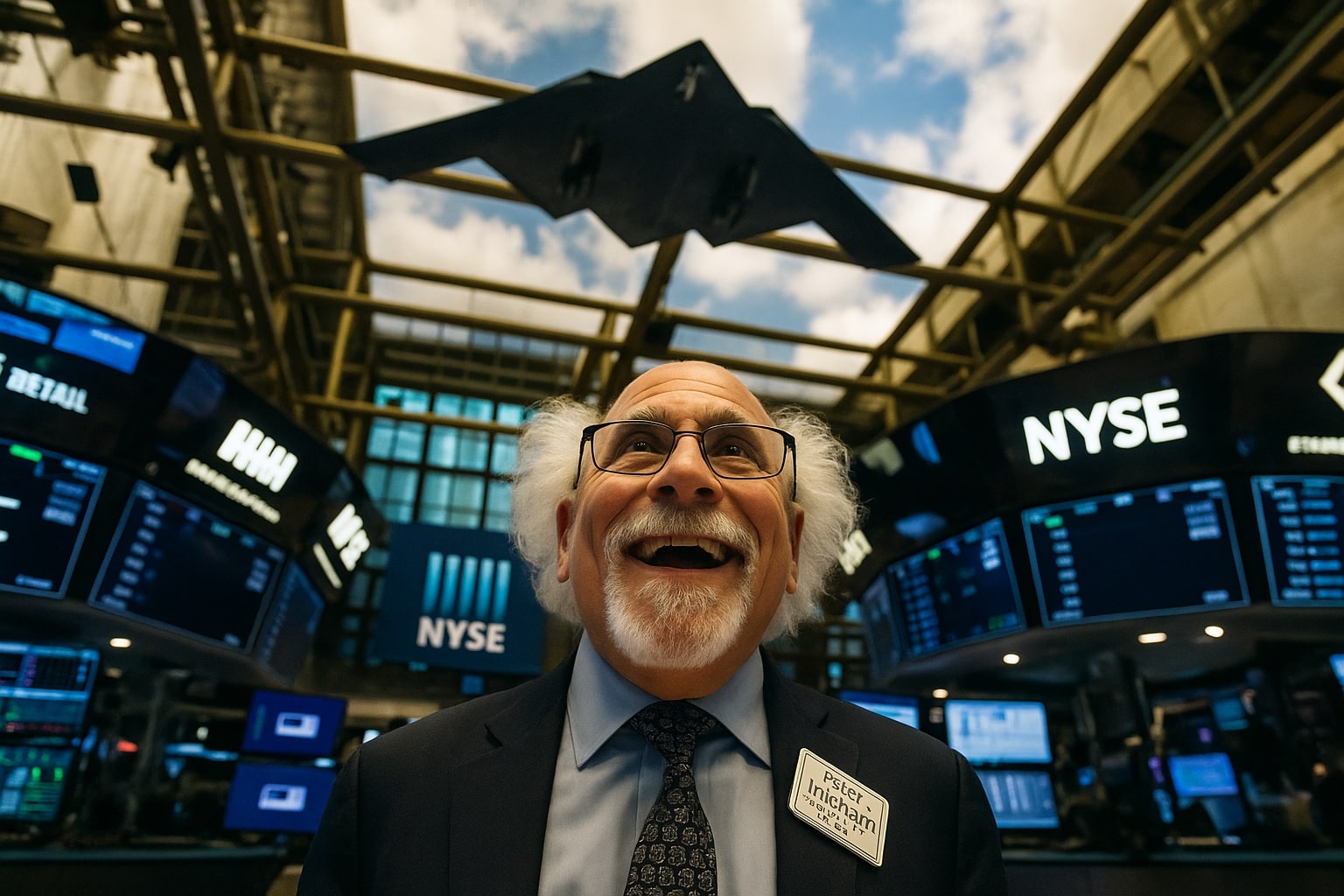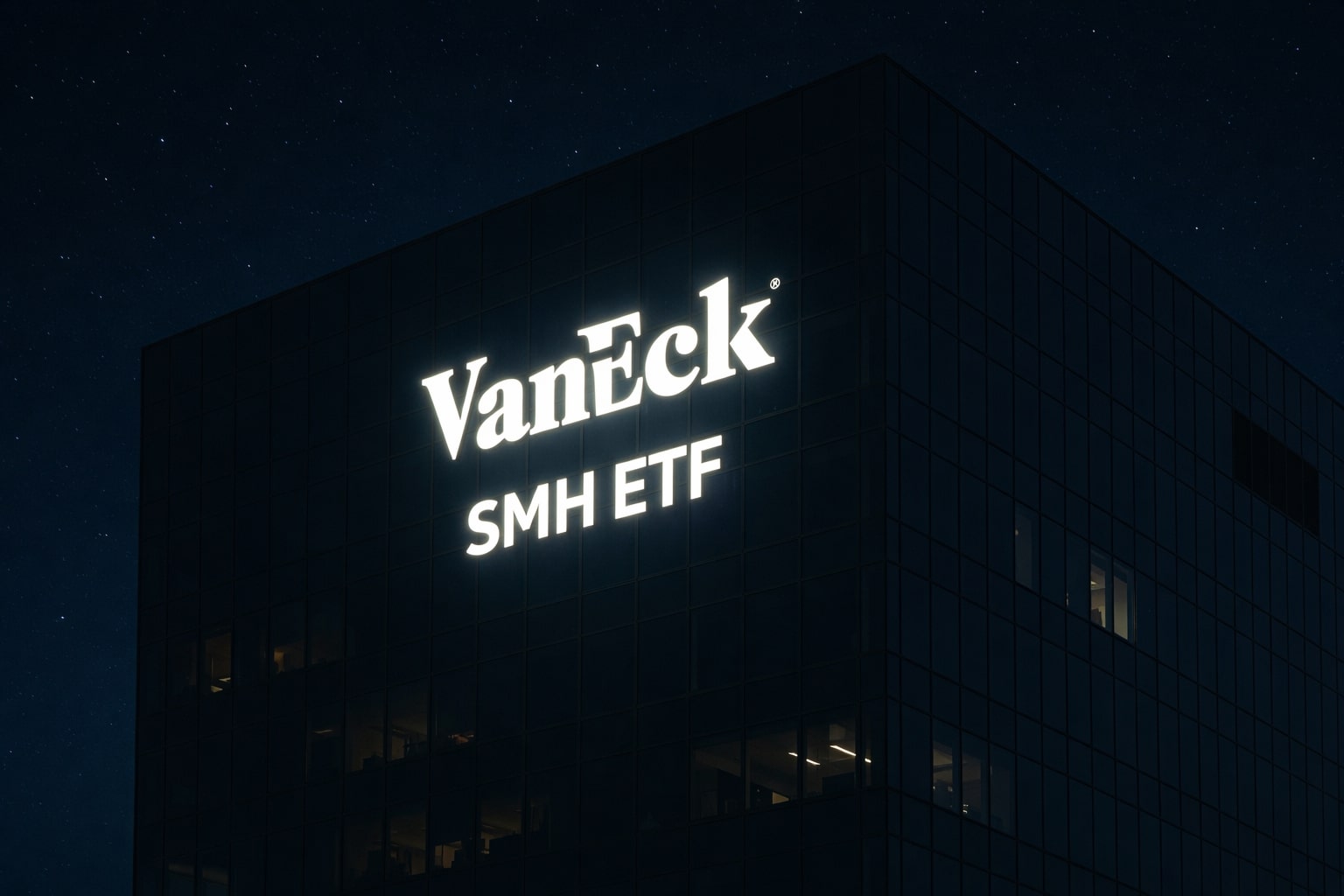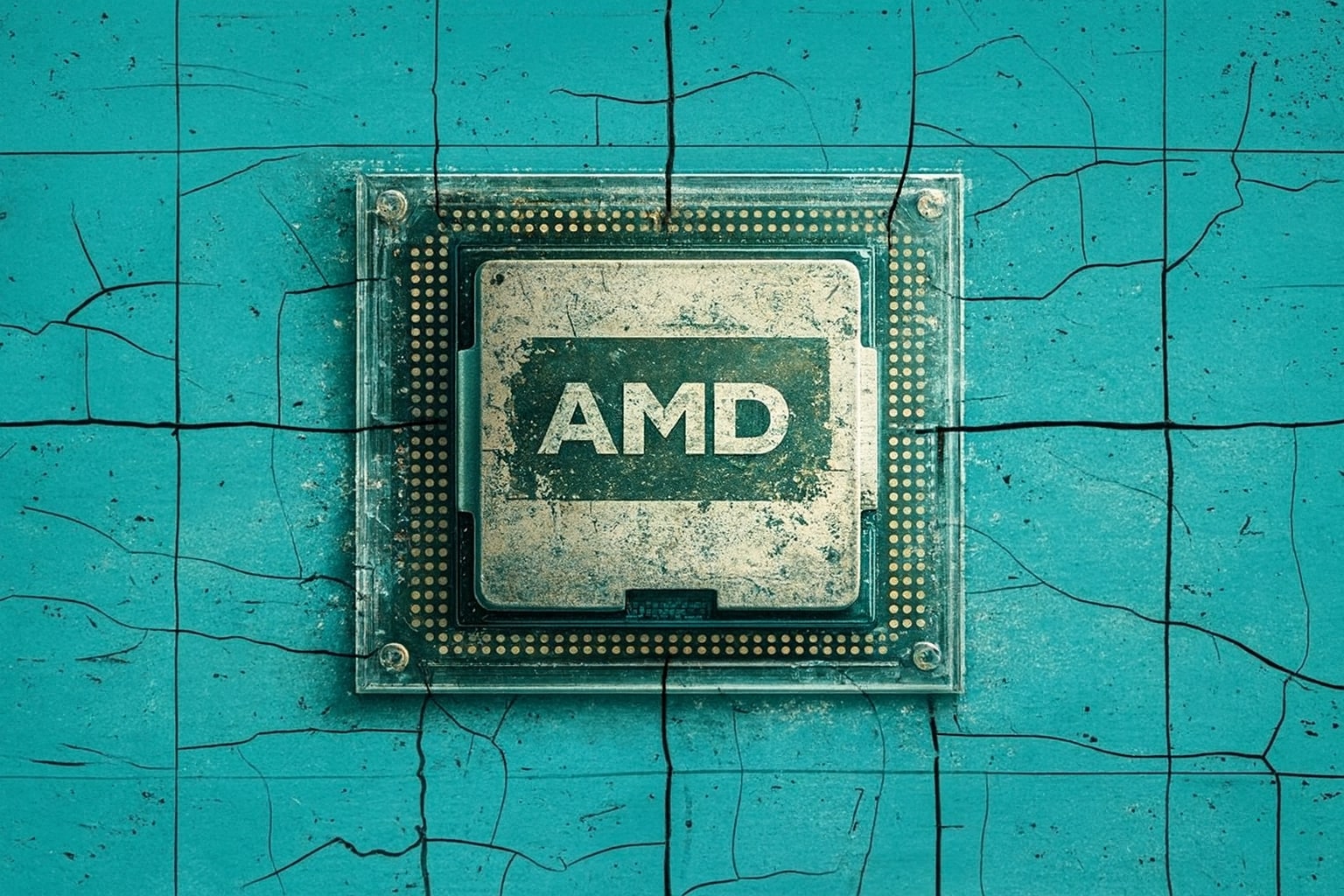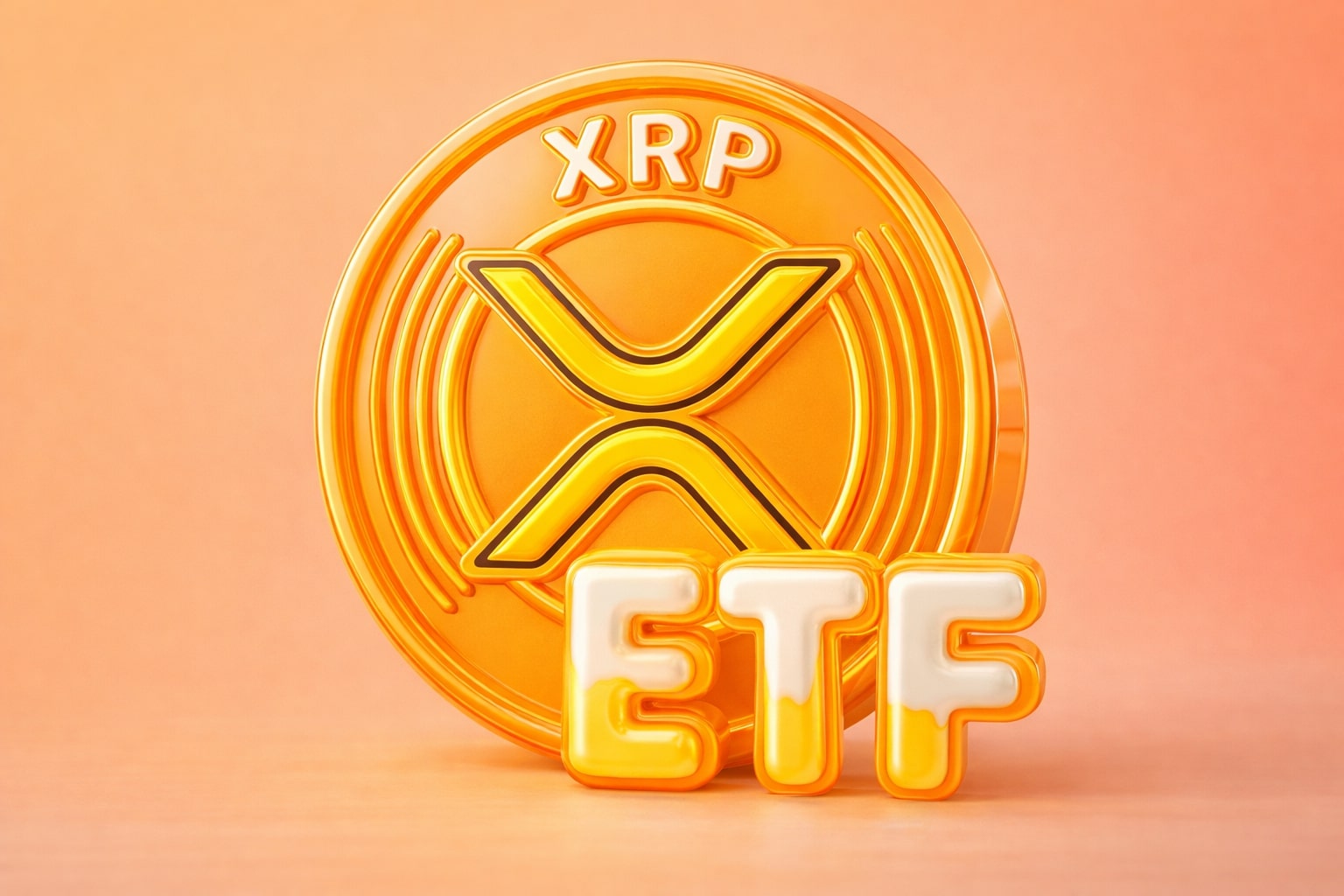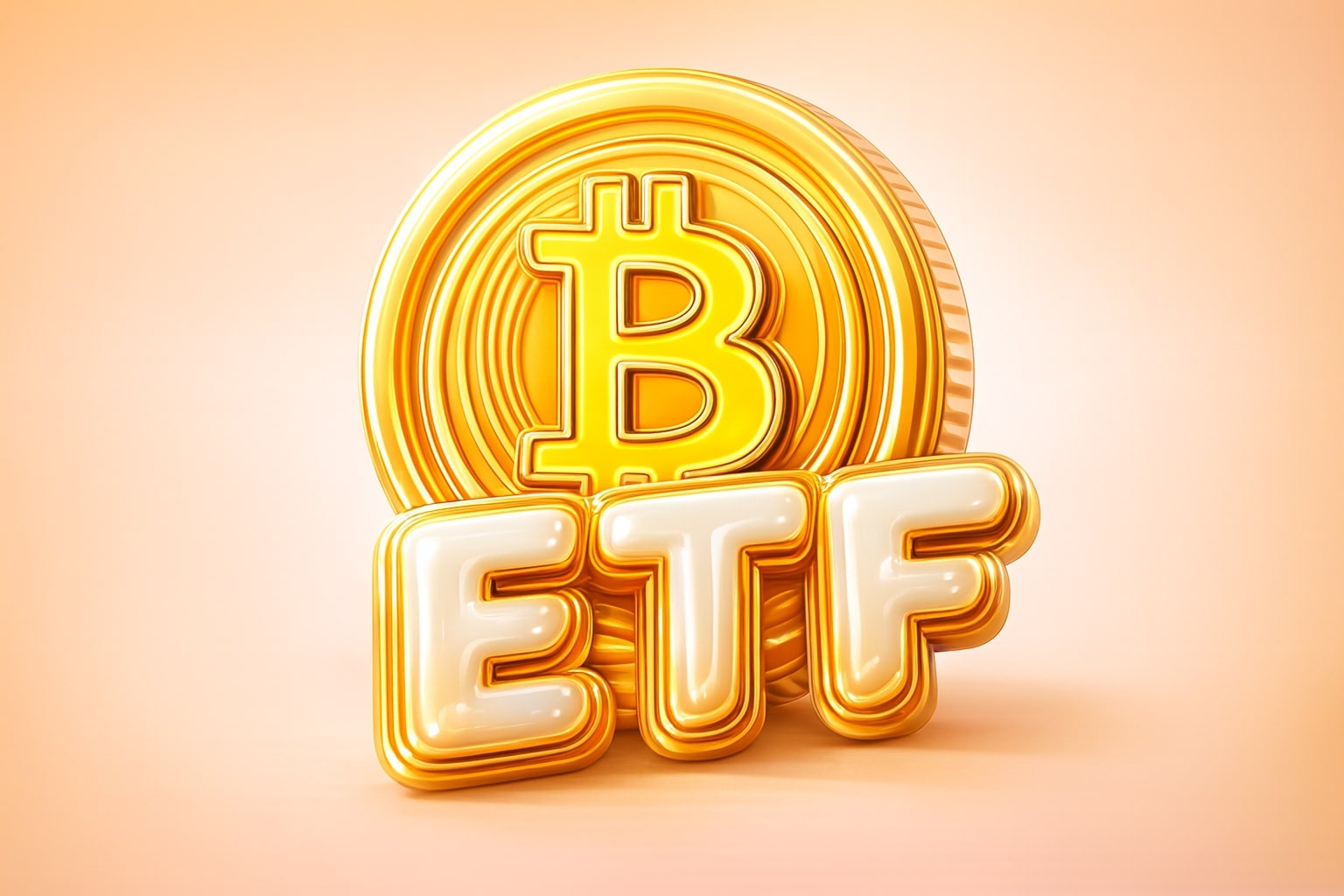Nasdaq, S&P 500, Dow React to Geopolitical Shock: Oil, Defense, and Dollar Surge While Tech Wavers
U.S. Indices Show Resilience Despite Oil Shock and Iran Conflict
After the U.S. launched coordinated strikes on Iranian nuclear sites in Fordo, Isfahan, and Natanz, markets globally entered a risk-assessment phase, but the response from Wall Street remained notably restrained. The S&P 500 (ES=F) closed at 6,022.00, up +0.07%, while Nasdaq futures (NQ=F) ticked up +0.11% to 21,869.25, and Dow Jones futures (YM=F) slipped slightly by 0.01% to 42,512.00.
While the Nasdaq Composite gained 0.21% last week, and the Dow Jones Industrial Average logged its third positive week in four, the S&P 500 fell 0.15%, extending its first back-to-back weekly drop since early April. However, the benchmark still sits just 3% off its record, indicating surprising investor calm.
That calm, however, masks a complex undercurrent driven by energy markets, defense contractors, trade uncertainty, and currency surges—all shaped by a precarious standoff in the Middle East.
Crude Oil Flashes Warning: Strait of Hormuz in Crosshairs
Oil prices surged as much as 4% in initial trading after the U.S. strikes, with Brent crude (BZ=F) briefly spiking above $81 before settling back to $77.57, up +0.73%. WTI (CL=F) hovered just above $74.00, showing restraint despite fears of Iranian retaliation.
The risk premium in oil markets has now shifted squarely toward the Strait of Hormuz, through which over 20% of the world’s seaborne oil flows. Iran’s parliament reportedly voted to block the waterway, though no final action has been confirmed. Goldman Sachs projects that even a 50% disruption for one month, followed by a sustained 10% loss, could send Brent crude to $110 per barrel—a potential inflationary time bomb.
Despite the spike, investors aren’t fully pricing in a long-term oil shock. Ample U.S. production, now boosted by fracking-enabled exports, has muted extreme scenarios. Yet traders remain vigilant: any firm Iranian move to choke Hormuz would trigger rapid repricing across energy, freight, and inflation-sensitive equities.
Defense Stocks Surge but Pull Back: PLTR, LMT, RTX in Focus
Defense names initially rallied on the escalation. In premarket:
-
Palantir Technologies (PLTR) gained +0.80%
-
Lockheed Martin (LMT) rose +0.87%
-
Northrop Grumman (NOC) was up marginally
-
RTX Corporation (RTX) climbed +1.3%
These stocks were the immediate beneficiaries of anticipated increased demand for weapons systems and defense AI. However, most faded gains after open, suggesting the market is waiting on Iran’s response before fully rerating the sector.
RTX, in particular, has outperformed with a 4% gain since the initial Israeli airstrikes on June 12. PLTR, supplying AI-based defense tech to Israel, is up +1.6%, while LMT is nearly flat.
Jefferies analyst Mohit Kumar reaffirmed an overweight position on defense, noting that NATO’s trend toward raising military spending toward 5% of GDP supports a secular bull case for these firms. Still, execution risk remains if conflict escalation turns asymmetric or prolonged.
Energy Sector Extends Monthly Rally: XLE, INDO, HUSA Lead Gains
The Energy Select Sector SPDR Fund (XLE) added +0.6% premarket and is now +6% for the month, continuing a steady climb.
Top individual movers:
-
Exxon Mobil (XOM): +1.7%
-
Chevron (CVX): +1.4%
-
Occidental Petroleum (OXY): +2.3%
-
Indonesia Energy Corp (INDO): +18%
-
Houston American Energy (HUSA): +36%
The bifurcation is clear: while Middle East producers face disruption risk, U.S. and Asian oil firms outside the Gulf region are catching a strategic bid, as investors position for safer, more reliable supply streams.
Currency and Commodities: Dollar Rallies, Gold Reverses
The WSJ Dollar Index (XX:BUXX) spiked to 96.09, its highest level since May, rising +0.53%. The U.S. dollar strengthened over 1% against the yen, while posting solid gains against both the euro and pound.
Meanwhile, gold (GC=F) briefly surged to within $125 of its all-time high, touching $3,375.04/oz, before pulling back 0.5%. This reversal signals conflicting safe-haven flows. Some investors are embracing the dollar as their geopolitical hedge of choice, while others cashed out gold positions on profit-taking as no immediate retaliatory strike from Iran materialized.
Cybersecurity and Bitcoin: PANW, CRWD, DJT React to New Frontlines
Cybersecurity stocks remain tightly watched for retaliation risk:
-
Palo Alto Networks (PANW): stable near $199
-
CrowdStrike (CRWD), Zscaler (ZS), and CyberArk (CYBR) also hovered flat in premarket
Wedbush flagged this sector as a "frontline hedge" if Iran launches cyber counterstrikes—a real possibility given past behavior and asymmetric warfare dynamics.
Separately, Trump Media & Technology Group (DJT) jumped +3.81% premarket, following news of a $400 million stock buyback. The stock is still down 48% YTD, but the company reaffirmed its Bitcoin treasury strategy despite market turbulence.
Speaking of Bitcoin, the crypto sector led the first wave of selling after the bombings:
-
Bitcoin (BTC-USD) fell below $99,000, its lowest in over a month
-
Over $1 billion in crypto longs were liquidated within 24 hours
-
Spot Bitcoin ETF inflows collapsed from over $1B to near zero heading into the weekend
The sell-off underscores how leveraged and jittery digital asset markets remain under geopolitical stress, despite being heralded as "uncorrelated" assets.
U.S.-EU Trade, Fed Outlook, and Consumer Spending: Macro Picture Blurs
Beyond war headlines, macro uncertainty simmers. President Trump's broader trade reconfiguration with the EU continues behind the scenes, with talks addressing carbon tariffs, tech regulation under the Digital Markets Act, and shipbuilding initiatives. Tariffs remain a hanging threat.
The Federal Reserve’s rate outlook just became more complicated. Oil-driven inflation risk and global volatility could challenge earlier consensus for two rate cuts in 2025. If Iran retaliates and energy prices surge, headline inflation could revisit 5%, according to JPMorgan.
Consumer data shows mixed trends. JPMorgan Chase notes spending is up 2.4% month-to-date in June, driven largely by Gen Z and millennials (+5.2%), while Gen X and Boomers show slight contractions. The consumer may be holding up—so far—but rising energy costs and geopolitical tension will test that resilience.
Verdict: Hold Nasdaq, Trim S&P, Go Defensive on Dow; Accumulate Select Energy and Defense
The market's stoic surface belies sharp undercurrents of volatility. With Nasdaq's resilience driven by AI and cybersecurity, and Dow components like LMT and RTX buffered by defense contracts, investors should rotate defensively.
Hold: Nasdaq (NQ=F)—Tech's reaction has been orderly, and names like CRWD and PANW offer asymmetric upside.
Trim: S&P 500 (ES=F)—Overexposed to consumer cyclicals and tariff-sensitive sectors amid a potentially inflationary oil shock.
Buy: Selective Energy (XOM, OXY, XLE) and Defense (LMT, RTX, PLTR)—Crisis hedges with geopolitical tailwinds.
Avoid: Crypto and hyper-growth—High leverage in Bitcoin and speculative names like DJT are liabilities in unstable macro regimes.
If the Strait of Hormuz remains open and Iran avoids hard retaliation, this shock may fade quickly. But that’s a high-stakes “if.” Positioning for optionality, inflation protection, and defense spending remains the smart play.














